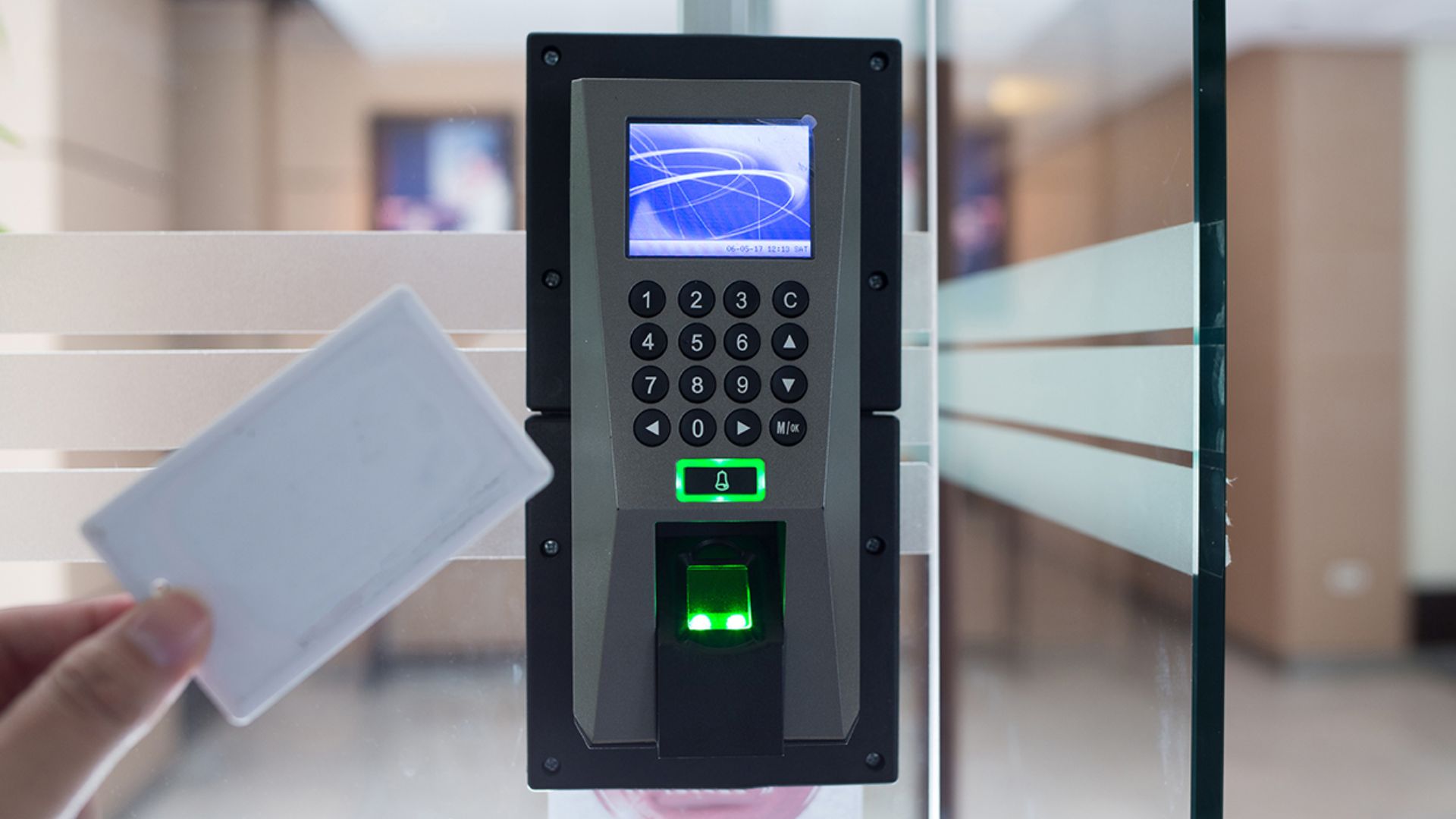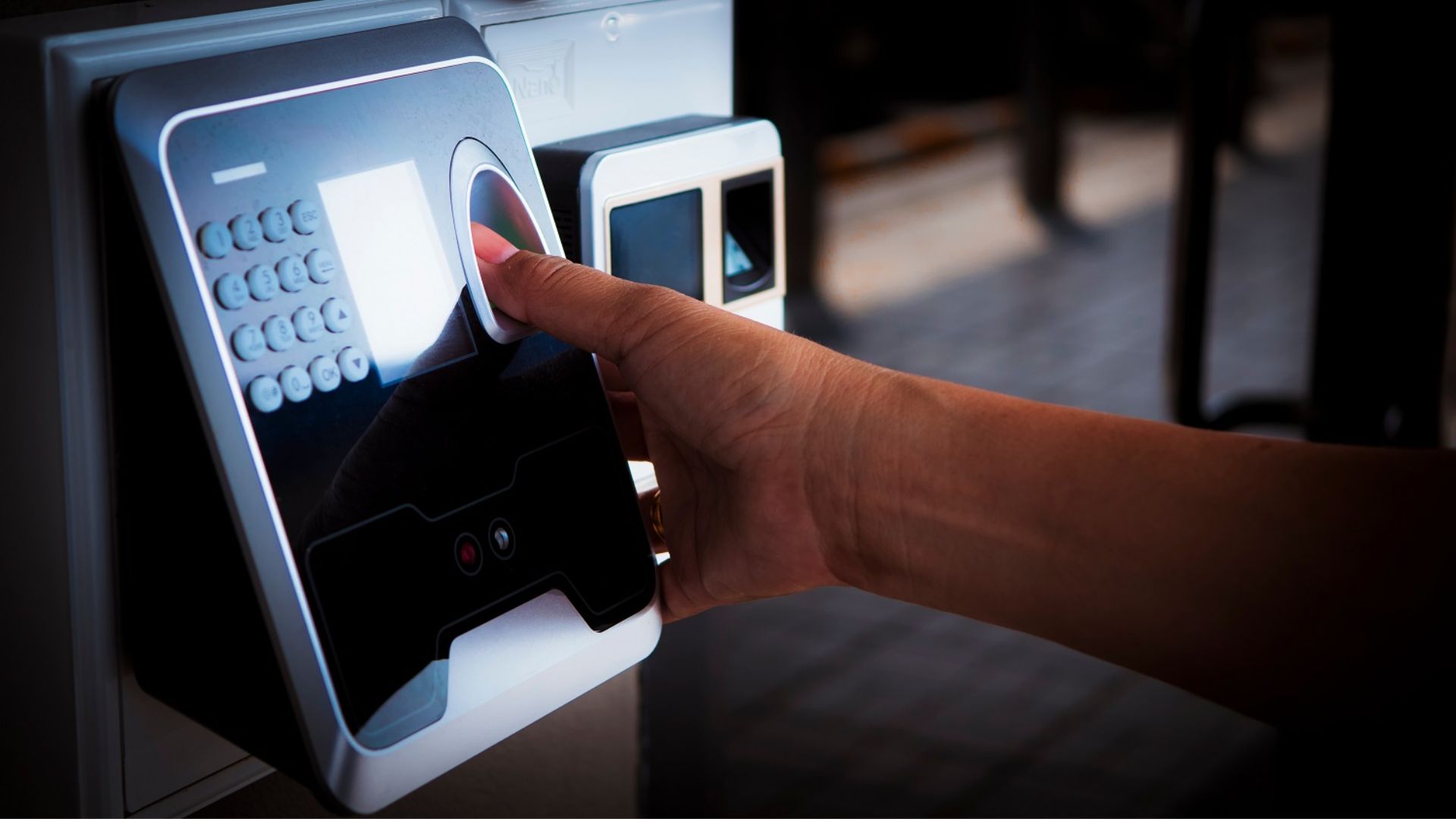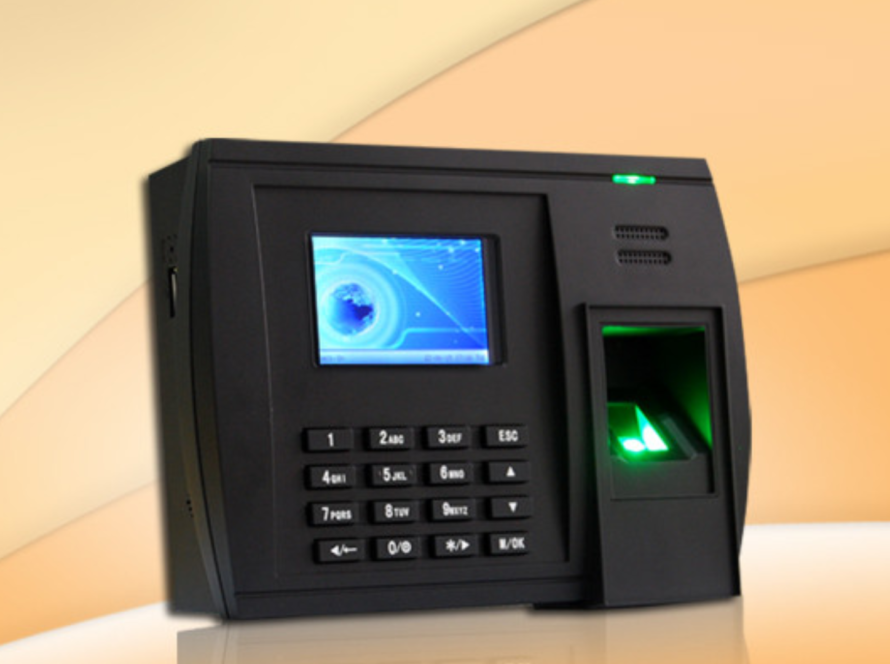In today’s rapidly evolving security landscape, ensuring the safety and security of your premises has never been more critical. Traditional access control methods, such as keys or access cards, are increasingly being replaced by more advanced and secure solutions, with biometric access control systems emerging as a leading choice for businesses and organizations worldwide. Let’s explore how Biometric Access Control System Dubai provide unparalleled safety and security:
1. Enhanced Authentication: Biometric access control systems utilize unique biological characteristics, such as fingerprints, iris patterns, or facial features, to verify the identity of individuals seeking access. Unlike traditional methods that rely on easily replicable items like keys or access cards, biometric identifiers are inherently unique to each person, making them highly secure and virtually impossible to counterfeit.
2. Elimination of Unauthorized Access: With biometric access control systems, only authorized individuals whose biometric data is registered in the system can gain entry to secured areas. This eliminates the risk of unauthorized access by individuals possessing stolen or replicated access cards or keys, thereby bolstering security and preventing potential breaches.
3. Prevention of Identity Theft: Biometric identifiers, such as fingerprints or iris scans, are inherently tied to an individual’s physical characteristics, making them exceptionally difficult to forge or steal. By relying on biometric data for authentication, businesses and organizations can mitigate the risk of identity theft and impersonation, ensuring that only legitimate individuals are granted access to sensitive areas.
4. Real-Time Monitoring and Tracking: Biometric access control systems offer robust monitoring capabilities, allowing administrators to track and record access attempts in real-time. This enables organizations to maintain comprehensive audit trails of access events, including the identities of individuals attempting to gain entry, the time and date of access attempts, and any relevant security alerts or notifications.
5. Integration with Other Security Systems: Biometric access control systems can seamlessly integrate with other security systems, such as CCTV surveillance cameras or alarm systems, to create a comprehensive security ecosystem. This integration enables organizations to enhance situational awareness, streamline security operations, and respond swiftly to security incidents or breaches.
6. Improved Operational Efficiency: By automating the authentication process through biometric identifiers, organizations can streamline access control procedures, reducing the reliance on manual verification methods and minimizing the risk of human error. This not only enhances operational efficiency but also enhances the overall user experience by providing swift and seamless access to authorized individuals.
7. Compliance with Regulatory Requirements: Biometric access control systems help organizations meet stringent regulatory requirements related to data security and privacy, particularly in industries such as healthcare, finance, and government, where safeguarding sensitive information is paramount. By implementing robust biometric authentication mechanisms, organizations can demonstrate compliance with industry regulations and standards.
Conclusion:
Biometric access control systems offer a multifaceted approach to ensuring safety and security in today’s dynamic threat landscape. By leveraging advanced biometric technology, organizations can enhance authentication accuracy, prevent unauthorized access, and improve operational efficiency while complying with regulatory requirements. Invest in biometric access control systems today to safeguard your premises and assets with confidence.





